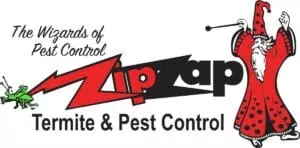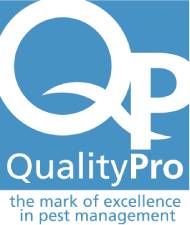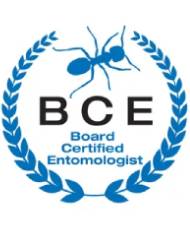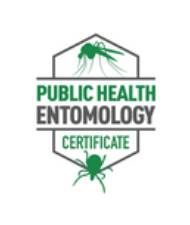THE DANGERS OF BROWN RECLUSE & BLACK WIDOW SPIDERS
Residents of Missouri need to become familiar with the different species of spiders. Some species are dangerous and harmless, but one will eventually make its way into your home and set up residence. They are usually there to seek out and eat small insects, so this is actually a benefit of having spiders crawling around your home. However, no one really wants spiders, harmless or not. Two extremely dangerous spiders are common to the area. The two species that call Missouri home is the Brown Recluse and Black Widow.
The jumping spider often gets mistaken for a Black Widow. The biggest indicator that the spider is a Black Widow is the red hourglass shape across its abdomen. The Black Widow comes in many different sizes, so do not be fooled into thinking that it is harmless just because it is smaller. The Black Widow is considered venomous, and the females have huge venom glands. The bite is harmful to humans and will cause a great deal of pain. The Black Widow likes to hide in dark areas, making it difficult for humans to see, which results in a defensive bite delivered when they are unintentionally disturbed.
A normally shy and non-aggressive Brown Recluse will hide in dark corners, under furniture, or inside boxes where they are rarely disturbed. A Brown Recluse will bite if accidentally touched or putting on clothing that is hardly worn. The Brown Recluse is a remarkable species of spiders because they have the ability to survive six months without water or food. They like to roam and night and hide out during the day.
Time to call in the professionals if you come across either a Black Widow or Brown Recluse. Zip Zap Termite & Pest Control can protect you and your family from their harmful bites. Our trained technicians are skilled at handling and removing these dangerous and threatening spiders from your home. Do not hesitate to contact us today! 816-407-PEST (7378)



